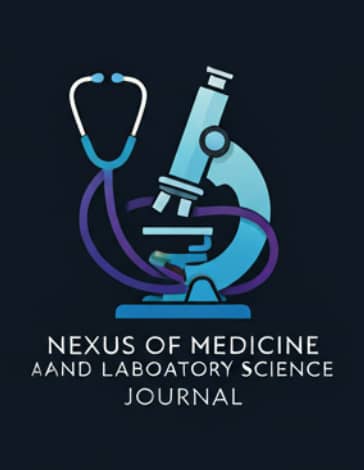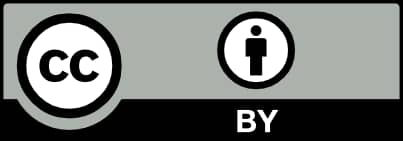
Bini N, Osadolor HB, Elekofehinti OO, Dic-Ijiewere EO
Remedial Effect of Mormodica Charantia on Hepatic Inflammation and Oxidative Stress Induced by Carbon Tetrachloride in Wistar Rats
Background: Anti-inflammatory and antioxidant properties of Mormodica charantia has been a crucial factor in reducing liver damage. The medicinal value of M. charantia is derived from its bioactive components, which have observable physiological effects on the body and act as a preventive measure. The present study aimed at evaluating the antioxidant and anti inflammatory effects of M. charantia on acute liver injury induced by carbon tetrachloride (CCL4) in wistar rats.
Method: Wistar rats were subjected to intraperitoneal injection of 1 ml/kg body weight CCL4 with or without M. charania (100 mg/kg, 200 mg/kg or 300 mg/kg). Rats were randomly divided into six (6) groups, comprising five rats each. The treatment schedule was as follows; Group I: Normal Control; Group II: Negative Control (CCL4 only); Group III:CCL4 + M. charantia (100 mg/kg); Group IV:CCL4 + M. charantia (200 mg/kg); Group V:CCL4 + M. charantia (300 mg/kg); and Group VI: CCL4 + Silybon (40 mg/kg). The treatment commenced after CCL4 injection.
Results: Rats treated with CCL4 developed acute liver injury, as evidenced by elevated levels of alanine aminotransferase (ALT), aspartate aminotransferase (AST) and alkaline phosphatase (ALP). Furthermore, increase in white blood cells (WBC), platelet counts (PLT) and pro
inflammatory cytokines; tumor necrosis factor alpha (TNF-α), interleukin 1 beta (IL-1β) and interleukin 6 (IL-6), alongside decrease in haemoglobin (Hb), red blood cells (RBC), packed cell volume (PCV), antioxidant genes; superoxide dismutase (SOD), catalase (CAT), aryl hydrocarbon receptor (AhR) and NAD(P)H quinone oxidoreductase 1 (NQ01), and anti-inflammatory gene; interleukin 10 (IL-10), were observed. M. charantia treatment significantly and dose
dependently reduced liver injury, oxidative stress and inflammation. Inflammatory cytokines were downregulated by M. charantia and CCL4
induced oxidative stress was blocked by M. charantia treatment through improving anti
oxidants. The changes was also evidenced by histological analysis.
Conlusion: The present study highlighted that M. charantia exhibited liver
protective effects against acute hepatic injury induced by CCL4 via suppressing inflammation and oxidative stress.

This work is licensed under a Creative Commons Attribution
4.0 International License.
